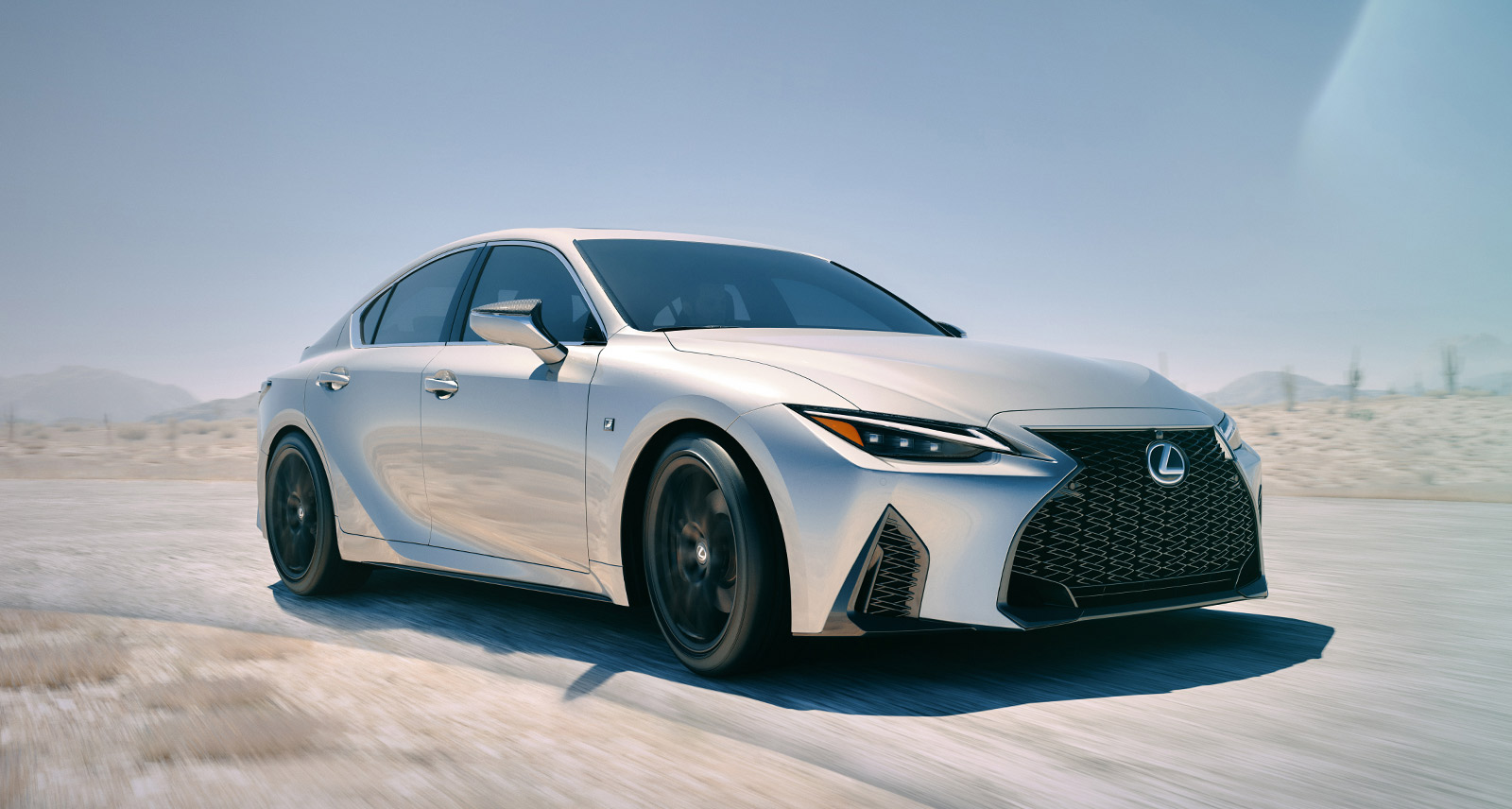Long Live The Driver: Meet The 2021 Lexus IS
Lexus & Sharp
When Steven Spielberg asked Lexus to imagine a car for Tom Cruise to drive in his 2002 sci-fi blockbuster Minority Report, Lexus did not do the obvious. In other words, the Japanese automaker did not imagine some self-driving pod or a fully-autonomous box-on-wheels. The film takes place in 2054, but in keeping with Lexus’s vision for the future of driving, its stunning red supercar was designed to have a (human) driver at the wheel. Whether it is 1989, 2021 or 2054, Lexus is uniquely focused on providing a driving experience that is second to none. The driver has always been at the heart of everything Lexus does, from the very first LS 400 to the LFA supercar to the new IS sport sedan.
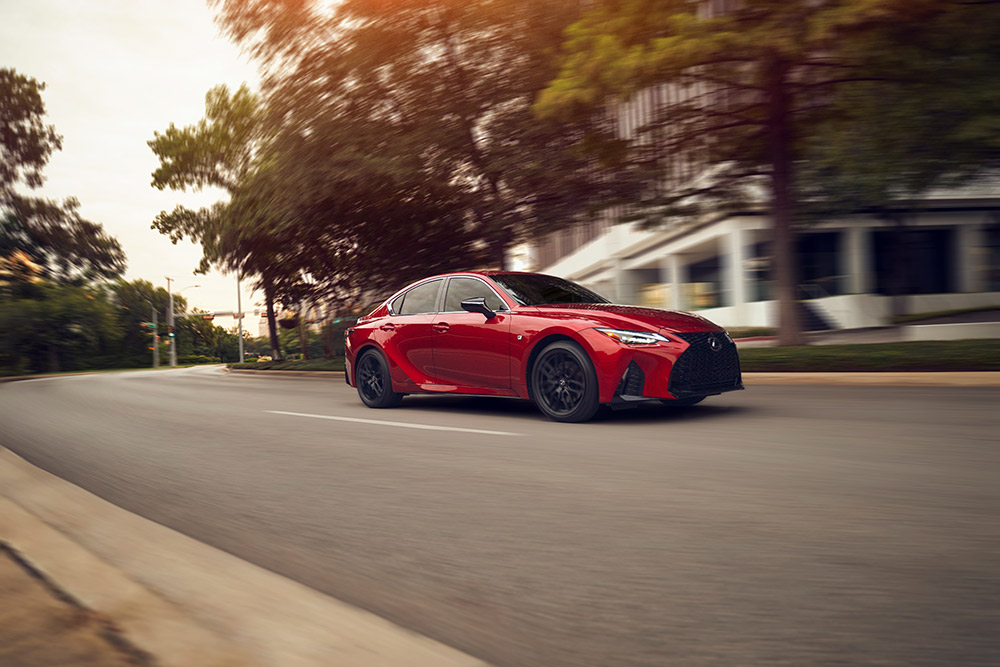
Even as the brand continues to push the technological envelope in performance and safety, it does so without ever losing its laser focus on strengthening the crucial bond between car and driver that makes its cars so compelling. In the new 2021 Lexus IS sport sedan, each piece of the Lexus Safety System+ 2.5 (LSS+ 2.5) is designed not to take control away from the driver, or strip the driver of responsibilities. Instead, it is designed to provide class-leading safety while enhancing control and, ultimately, the driving experience.
Case in point: the enhanced millimeter-wave radar and camera, which are included as standard on every 2021 Lexus IS as part of LSS+ 2.5. Vision is crucial whether you’re driving on a racetrack or stuck in traffic, and this new tech is designed to improve a driver’s awareness. The extended range of the camera and radar – which can detect not only the vehicle ahead, but also a preceding bicyclist or pedestrian – can pick up objects the driver may have missed. The system can even detect a pedestrian in low-light conditions. The driver is always ultimately the one in control, but if the car senses a possible collision, it can help by warning him and even triggering Automatic Emergency Braking, another crucial safety feature included with LSS+ 2.5. The goal isn’t to replace the driver, but to assist him.
It’s a similar story with the Lane Departure Alert, which is designed to help notify the driver if the system senses the vehicle is leaving its lane (without a turn signal engaged). In that case, the car can alert the driver via steering wheel vibrations or an audible alert. It’s a helping hand, rather than an overbearing presence.
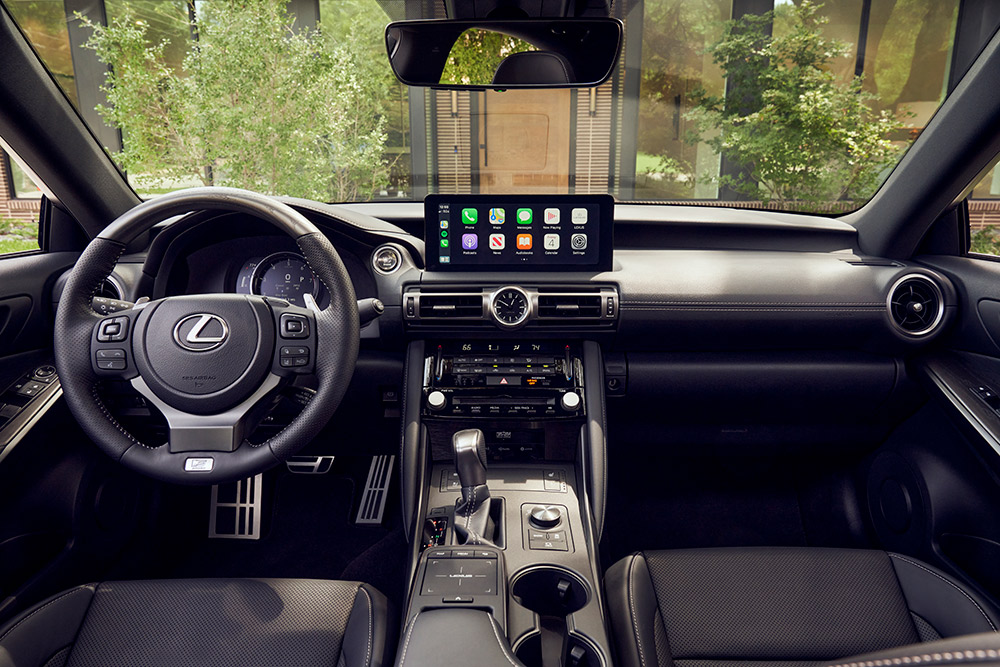
Lane Tracing Assist takes this concept a step further, providing a slight steering force to assist the driver in keeping the car in the middle of the lane. (With LSS+ 2.5, the car is even better at recognizing lane markings.) If the system isn’t needed, it doesn’t intervene. And, in situations where a driver doesn’t want the assistance – on a racetrack, for example – it can simply be switched off, so you get the best of both worlds: active safety and ultimate control.
Every moment behind the wheel of a Lexus should be worry free and full of joy. That’s why the company has invested so much in safety technology over the years, even designing systems that can help prevent accidents before they happen.
The idea is that, with each system, LSS+ should act as a backup, making the driving experience less stressful, so you, the driver, can better enjoy the finer points of the new IS: the linear feel and feedback through the steering wheel and pedals, the nimble chassis and the sound of the 3.5-litre V6 engine (in the case of the IS 350 AWD) that cranks out 311 horsepower and 280 lb-ft of torque. The IS is the first car to feature the new Lexus Driving Signature, a unique and instantly-recognizable driving feel, honed at the new Shimoyama test track in Japan’s Aichi Prefecture, near Lexus’s global headquarters.
At a time when more and more tasks are being outsourced to robots and machine-learning algorithms, it’s nice to know that some of the best, most passionate (and very human) drivers in the world are still responsible for fine-tuning future Lexus vehicles. The future of driving, and of Lexus, is looking very bright.
A brief history of Lexus safety innovations:
1989 – The Lexus brand is born.
1995 – The LS 400 sedan is ahead of the curve as the first production car with a collapsible steering column, a patented innovation that absorbs collision impacts to help keep passengers safe.
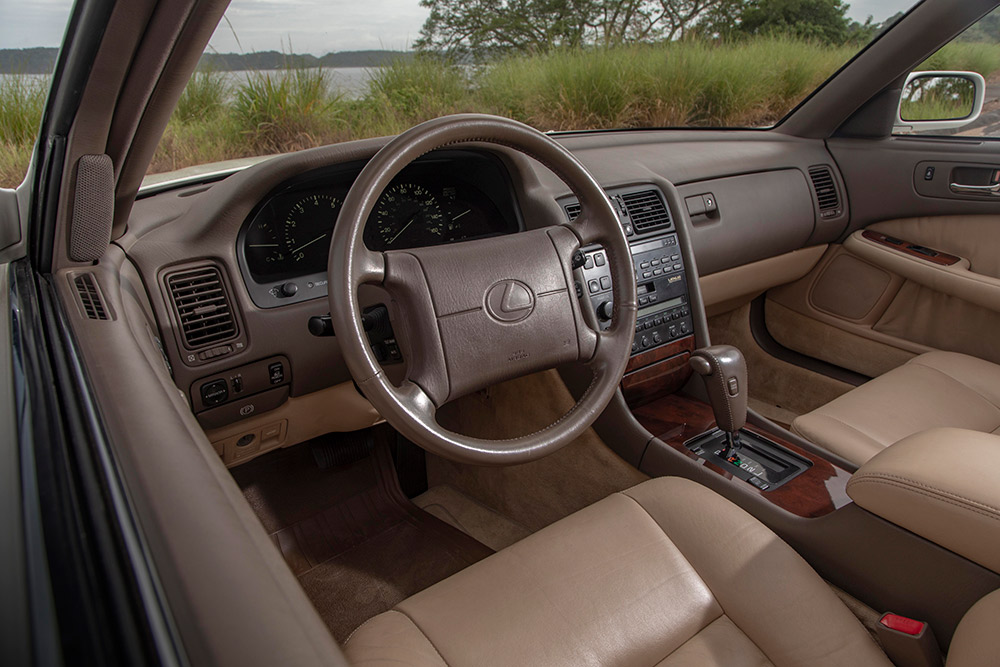
2005 – The Lexus IS becomes the first car in the world to have a next-gen twin-chamber airbag, which delivers greater protection to the neck and shoulders.
2006 – Lexus pioneers four world-firsts in advanced safety technology: Advanced Obstacle Detection System, Emergency Steering Assist, Rear Pre-Crash Safety system and the Driver Monitoring System. Crucially, each system is designed to assist the driver, rather than to take control away.
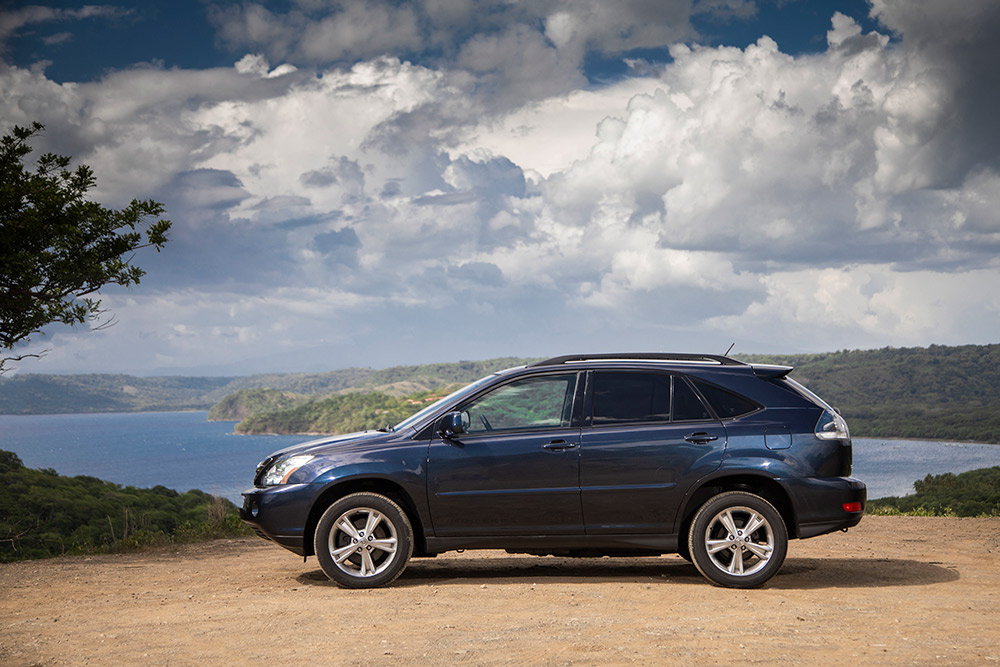
2011 – The LFA upends the supercar universe, redefining expectations for quality and handling. Its incredibly lightweight CFRP construction delivers an extremely strong and impact-resistant structure.

2015 – Lexus Safety System+ makes its debut, bundling crucial new driver-assistance technologies under the LSS+ umbrella. Again, these advanced active safety features are designed to help prevent accidents (and lessen the consequences if an impact does occur) without getting in the way of the driver.
2017 – The all-new flagship LS sedan launches with LSS+ A, featuring Lexus Co-Drive. It’s a cutting-edge suite of advanced driver assistance systems, exclusive to the LS, designed to support driver awareness and decision-making under a variety of challenging traffic conditions and contingencies.

2020 – LSS+ 2.0 becomes available across most of the 2020 Lexus lineup. It features Lane Tracing Assist, an advanced system that helps the driver keep a vehicle centered in a lane. Together with Dynamic Radar Cruise Control, the system works to prevent accidents caused by a momentary lapse of driver concentration.
2021 – This year, Lexus is refining its incredible catalog of safety tech. LSS+ 2.5 debuts in the new 2021 Lexus IS sport sedan. The system is now more adept in various situations – for example, it can recognize road markings even if they temporarily disappear – and is therefore better able to support the driver.
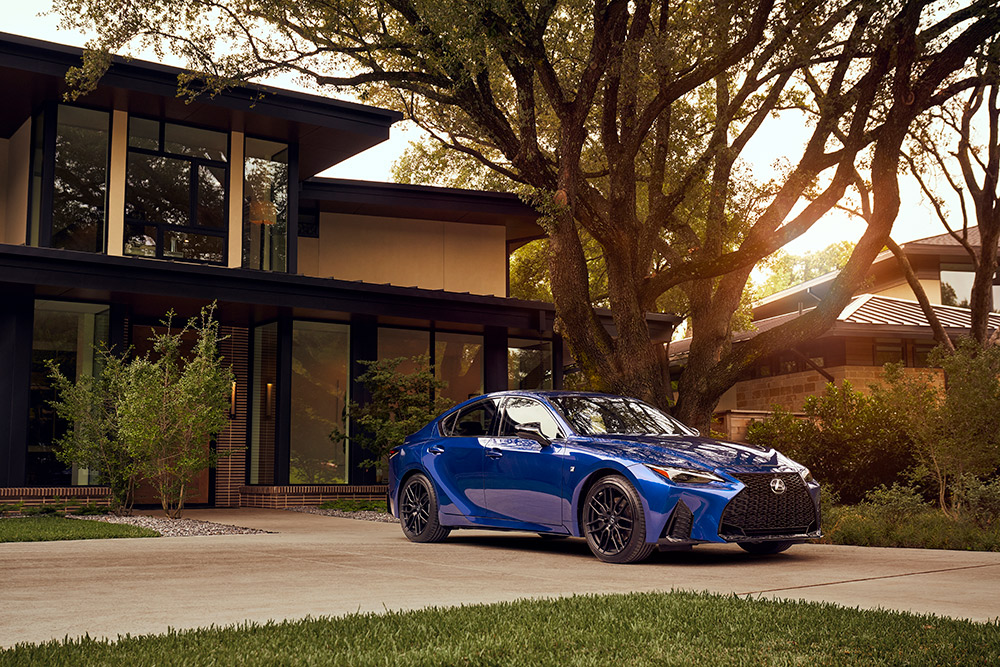
2054 – “Minority Report.” Tom Cruise drives the Lexus supercar of the future. In this sci-fi universe full of dull robotic pod-cars, the beautiful red Lexus is the only car with a steering wheel, the only one which continues to give full control to the driver.
